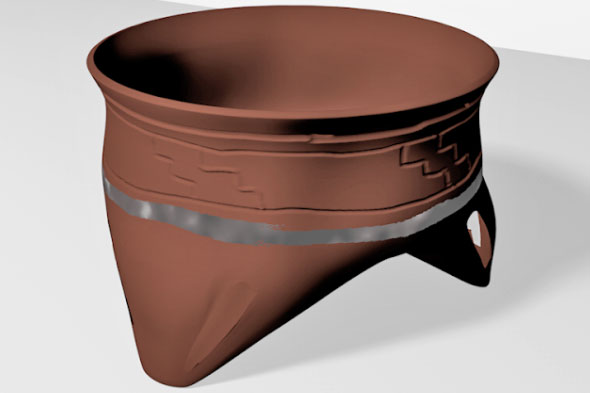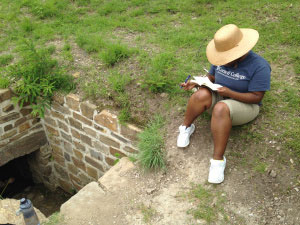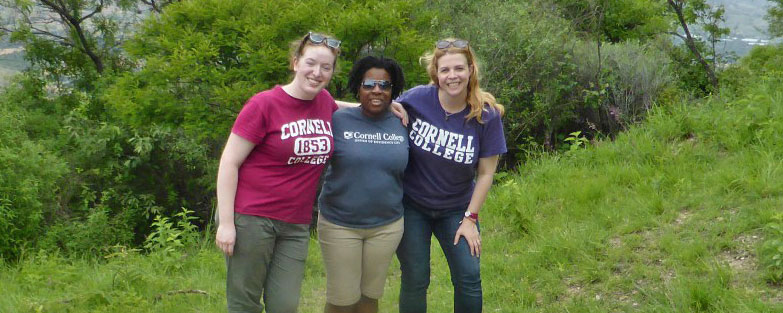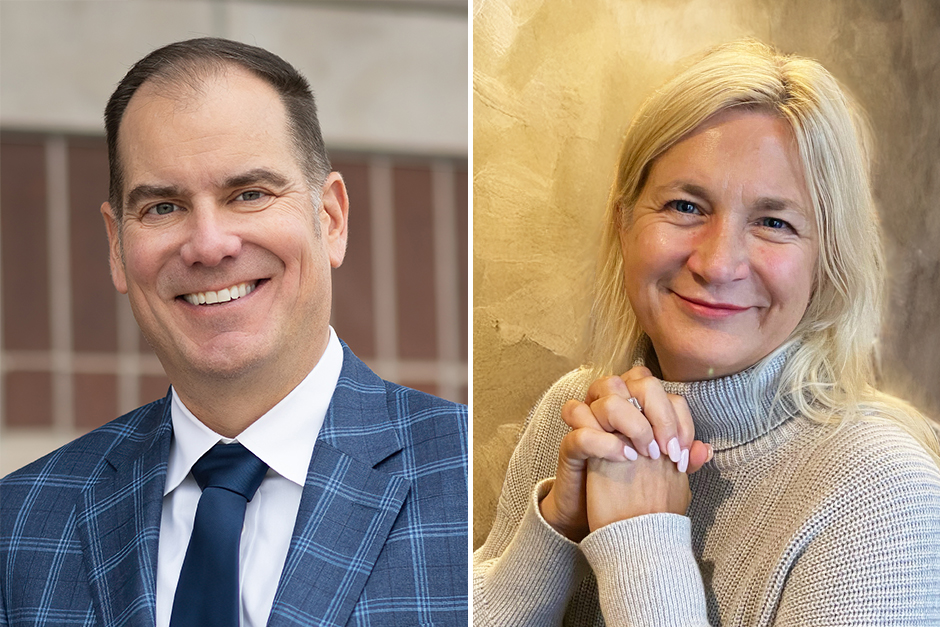Research project brings ancient site to life with 3D imaging
By Margo Fritz ’15
Aided by the latest tools in 3D visualization, Cornell art history professor Ellen Hoobler and two students are providing a fresh look into ancient tombs and the objects removed from them long ago. Over the summer Hoobler and seniors Catherine Quinn and Ve’Amber Miller traveled to Oaxaca, Mexico to study the tombs of the Zapotec people at Monte Albán.
The group focused primarily on Tomb 118, a crypt that had been previously excavated in 1937 by famous archaeologist Alfonso Caso. The tomb is of interest to historians because it offers valuable insight into the burial rituals of the Zapotecs.

A number of the fragile artifacts found in the tomb were destroyed while they were being shipped to the National Museum of Archaeology in Mexico City, but Caso made detailed cards describing the measurements of the objects and their position within the burial chambers. Some cards also included photos, drawings, and even watercolors.
Hoobler’s goal was to make a visual recreation of the tomb and the placement of artifacts therein based on Caro’s descriptions. Quinn and Miller assisted in measuring the site and taking photos and videos. The group then used the programs Maxon Cinema 4D and Unity to digitally recreate Tomb 118 and its objects, and the images they rendered can be found on their project website.
Miller, an archaeology and English major from Matteson, Illinois, says the summer with Hoobler was great preparation for her future.
“The experience not only expanded my skills in self-discipline, but also helped me start thinking more creatively about technology’s part in the future of fields such as art history and archaeology,” she said. “Anything from social media to even exploring history with games was included in daily conversations we had related to the project.”

Quinn, an art history major, said, “Ellen is a really enthusiastic and passionate professor, so it was fun working with her this summer. I have learned some really useful skills I will definitely be using in future.”
Quinn was inspired to consider pursuing work in museums, which she notes have had a noticeable upswing in use of 3D software. She is pleased to know her hands-on experience puts her ahead of the game.
Hoobler, Quinn, and Miller are now working together to write an article detailing their project, which will be submitted for publication in the journal Digital Applications in Archaeology and Cultural Heritage. Hoobler hopes to continue work on this project in summers to come.




